Exploring Aruba 2: Southern Beaches, San Nicolas, Sunset Steps
Sunny, breezy Aruba is truly a delight to visit! On our first full day, we snorkeled a mangrove-lined beach, took the mosaic Stairs into the Sea, relaxed at Baby Beach, explored the art and dining scene in San Nicolas, and drove on a quest to see the other side of the Seroe Colorado natural bridge, only to find wild, windy wave-polished ledges that felt like the edge of the world!
 |
| Rodger's Beach near Stairs into the Sea |
 |
| Seroe Colorado Natural Arch |
 |
| Cactus "forest" |
 |
| Octopus by Odeith, 2017, that apparently represents Tito Bolivar, with Paul Wong’s ‘Mi Forsa’ in background. |
 |
| Southeastern coastline just north of the Seroe Colorado Natural Bridge |
 |
| Sunset from top of Hooiberg |
Mangel Halto Beach
 |
| Sandy beach to the left, with a few rocks to get past. Although it looks calm in this photo, there were some white caps that made it to shore. |
 |
| Stoplight parrotfish in their colorful terminal phase, as well as more subtle grey initial phase parrotfish in the back. That orangey fish to the right might be a rainbow parrotfish. |
Rodgers Beach
Stairs into the Sea
Baby Beach
 |
| The tiny dots to the center right are our heads just in front of the breaking waves where the brain coral was. Photo by PM. |
San Nicolas
O'Niel Caribbean Restaurant
The Murals of San Nicolas
Mosaic Benches
Gelato in the Historic Nicolaas Store
Seroe Colorado
The Seroe Colorado Lighthouse
Seroe Colorado Natural Bridge
Dirt Road to the Wild Side of Aruba
Sunset from the top of Hooiberg
Dinner in the Oranjested Port Area
Nusa Aruba
More San Nicolas Murals...
 |
| Portrait of local artist Mo Mohamed by ChemiS |
 |
| Burrowing owl by Armando Goedgedrag, 2018 |
 |
| Infinity House of Cards by ChemiS |
 |
| Sea Turtles by Ice One, 2017, restored 2022 |
 |
| Unknown artist |
 |
| "She is Harmony" |
 |
| Mural by @pausrr. Photo by TO. |
 |
| Lionfish by dopie.dsk and "We Are Here to Stay" by unknown artist. |
 |
| Sea turtle on right by Armando Goedgedrag |
 |
| by Armando Goedgedrag |
 |
| ?Mucha Bonita? based on map location. Photo by PM. |
 |
| by Fio Silva |
 |
| "Caribbean King" by Insane51. Apparently you need 3D-goggles to properly view this and the nearby "Caribbean Queen". Photo by DM. |
 |
| by Sebastian Jiménez aka SEPC |
 |
| Paul Wong’s ‘Mi Forsa’ Photo by PM |
 |
| Love Aruba, 2023 by Ice One |
All Rights Reserved. Contact admin@love2chow.com for permissions.













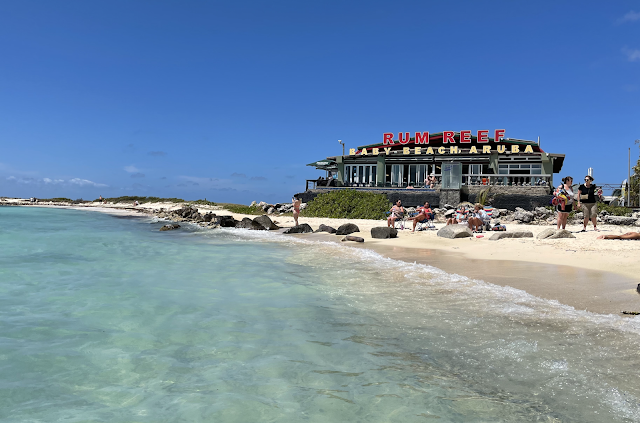

























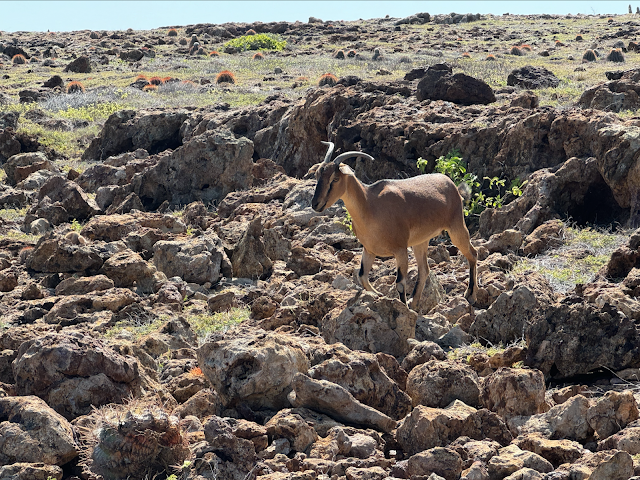










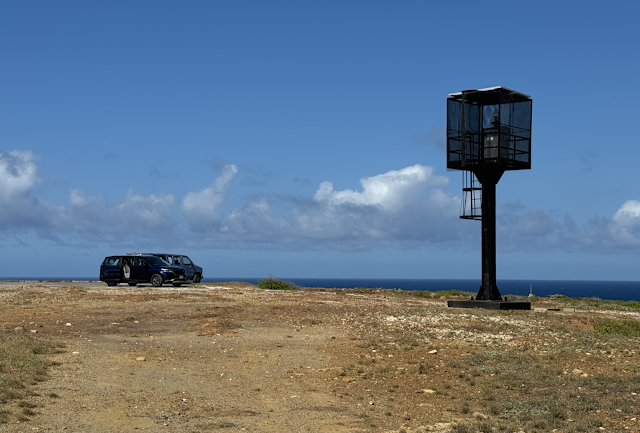





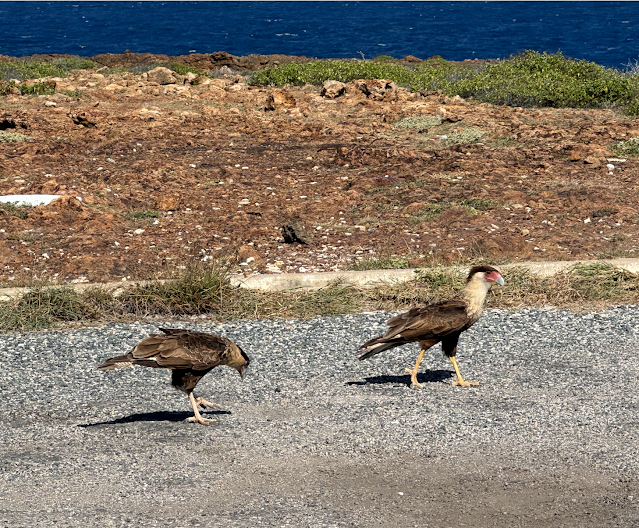
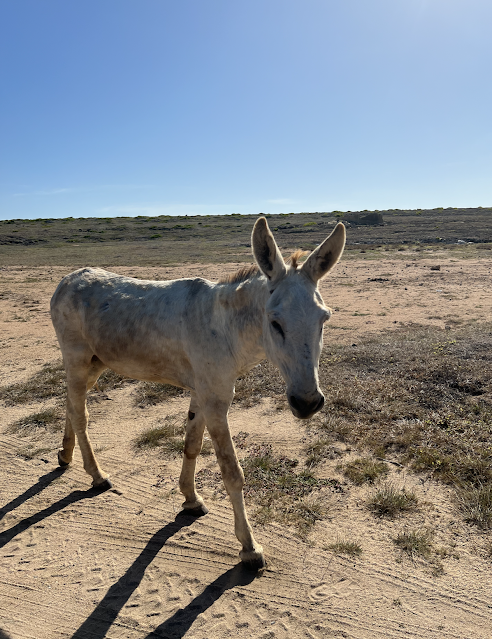
























-general%20tso%20tofu.jpg)
0 comments